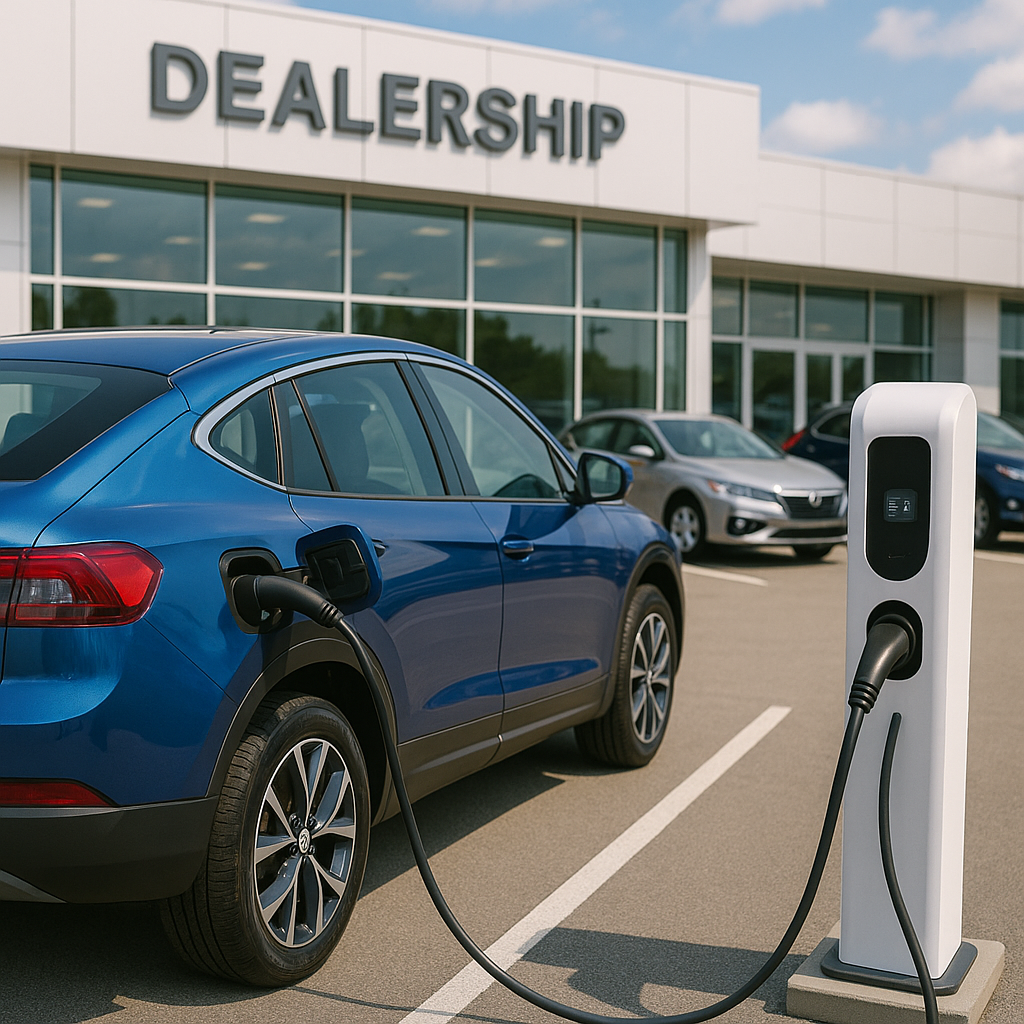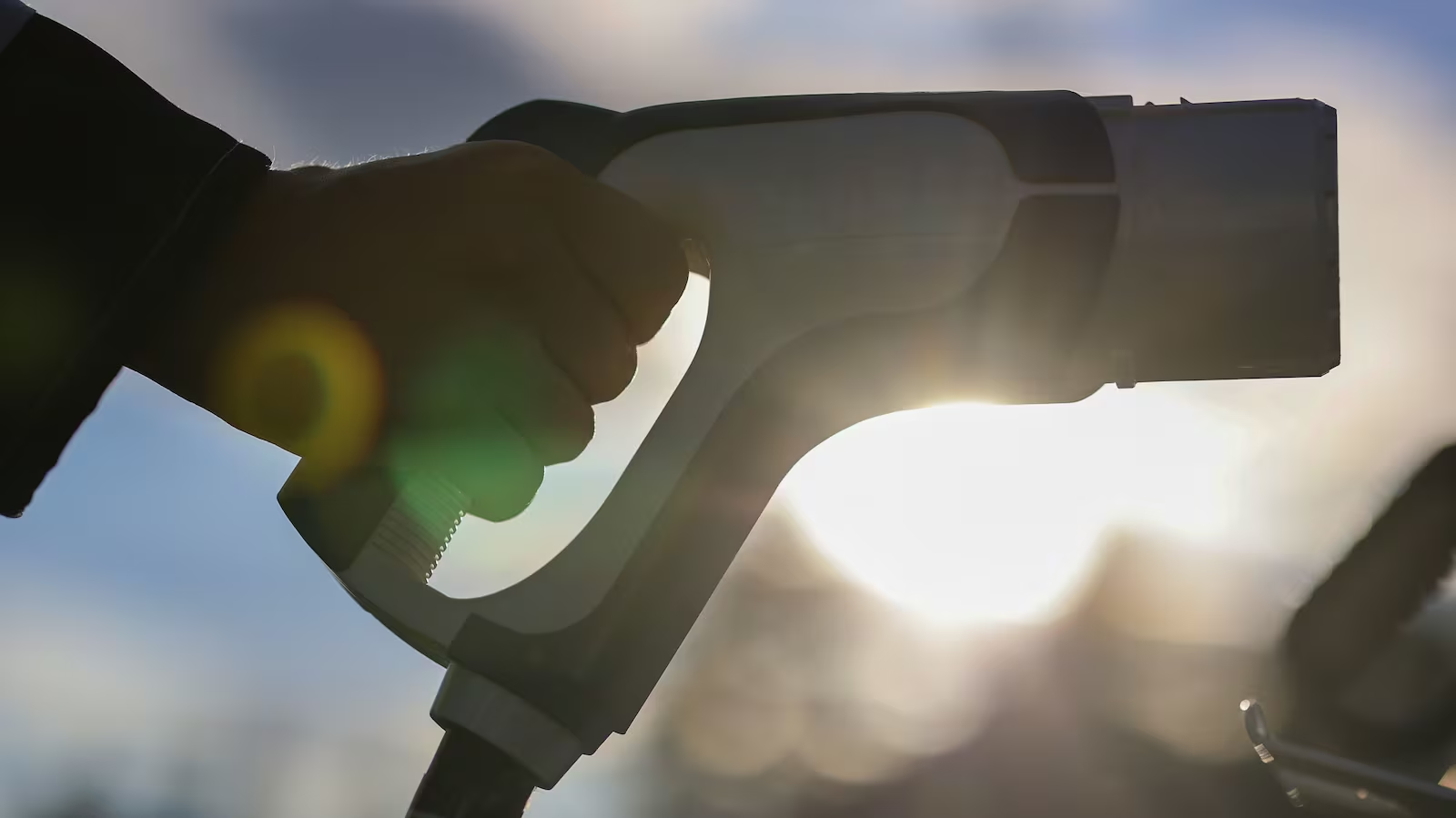Importance of V2G (Vehicle to Grid) in Fleet Electrification

As more fleets transition to electric vehicles (EVs), it’s important to make the best use of the growing technology. EVs have capabilities far beyond what conventional fossil fuel vehicles could do. For example, a key tool in this field is called vehicle to grid, or V2G. It reverses the normal flow of electricity, meaning fleet vehicles can charge up the grid. This one move has massive implications for fleet managers and the economy.
Vehicle to grid enables “bidirectional energy flow”—the current goes in both directions. V2G is more than a new feature—it’s a paradigm shift. Electric vehicles can now double as a large-scale power backup. This unleashes new levels of profitability and flexibility for fleet owners while stabilizing the electric grid.
What’s more, this technology incorporates more renewable energy sources into society, which is good news for the environment. In general, renewables like solar and wind are only available at certain times of day. But using EV batteries lets us store clean energy for later use.
V2G is an exciting innovation that’s already contributing to fleets and will only gain strength over time. This technology maximizes the value of electric vehicles and builds the clean and fast transportation network of tomorrow. It’s also leading to full-cycle software development in support of electromobility and other markets.

What is V2G (Vehicle to Grid)?
Vehicle to grid is the technology that moves energy from an electric vehicle to the electric grid. It works similarly to charging a vehicle but in the opposite sense.
During normal charging, the current goes from the grid to the vehicle. With V2G, the current can also backtrack. This means EVs can send excess energy back to the grid. The software optimizes charging and discharging by assessing system demand.
Instead of the current only flowing from the grid into vehicles, as occurs with ordinary electrical appliances, the current can go in whichever direction is most useful. When your vehicle needs to refill its battery, it uses the standard charging direction. But when the vehicle’s battery is already charged, you can send energy back to the grid, earning money while helping other electricity customers.
At a time when electric vehicles are placing unprecedented strain on the grid, V2G is the ideal solution. This technology transforms EVs into mobile clean energy repositories. The process alleviates the strain on the vehicle owners while also satisfying other grid users’ needs. It’s a win-win system that’s earning its way to widespread success.
Progress is still underway, so we’ll see even more advantages of vehicle to grid use in the future. Emerging technology continues to enhance electric vehicles and their interactions with the grid. These advances range from battery improvements to smart grid infrastructure.
Why is V2G Important in Fleet Electrification?
Vehicle to grid technology makes electric vehicle fleets more cost-effective. That’s an obvious enough benefit to motivate its use right away. On top of the cost savings, V2G also delivers energy flexibility and environmentally friendly sources.
For instance, you can use an EV to power other vehicles or devices or even run a building during a blackout. And thanks to the many benefits, there are incentives on the table to implement these V2G systems.
The advantages apply to any electric vehicle owner. However, commercial fleets represent a sizable part of the market, and owners have more leverage than individuals. Each fleet operator’s decisions affect numerous vehicles. Plus, these vehicles usually run on more predictable schedules amenable to V2G.
Electric vehicles and charging stations are exploding in popularity. In addition to the far greater number of EVs in fleets, vehicles now charge at much higher wattages than before. But as fleets race to electrify, they add significant pressure to the grid and to their own budgets.
V2G balances out these pressures by cutting charging costs and decreasing grid demands. Essentially, vehicle to grid tech makes the sudden fleet electrification we’re now undergoing feasible.

The Future of V2G: Trends in EV Technology
Electric vehicles in general and V2G technology specifically are anything but static. One area where the tech is undergoing rapid innovation is in vehicle-to-infrastructure communication systems.
The connection between an EV and the outlet doesn’t just push electric currents around. It also serves as a conduit for messaging to manage the charging processes safely and efficiently. Newer systems will share more information to improve V2G.
Another relevant area of advancement is in EV battery technology. Manufacturers invest billions of dollars in developing new and improved batteries. Each generation of batteries brings bigger capacities, faster charging times, and other exciting features that facilitate vehicle to grid. Electric vehicles will increasingly join pumped hydro in storing energy for optimal use times.
V2G’s connection of electric vehicles with the power grid will also continue to improve. An increasing number of EV manufacturers and utilities support V2G, with millions more compatible vehicles taking to the roads.
As smart grid technologies evolve, the network becomes more responsive. What’s more, a related technology, vehicle to home (V2H), will connect people’s electric vehicles with their residences to make both aspects more efficient.
Take Advantage of Vehicle to Grid Technology With S44
Vehicle to grid technology already has an important and growing role in fleet electrification. By sending energy from electric vehicles back to the grid when prices are high, V2G empowers fleet owners to earn a profit while supercharging the grid.
More renewables can be added to the energy mix, the grid becomes more reliable, and EV fleets turn into a massive distributed battery backup. All in all, this technology is a huge improvement for society and the economy—but particularly for fleet operators.
As technological advances continue to build on each other, the utility of V2G will take on ever larger importance. This is a critical stage in the development of a green and efficient transportation system. We’re just now starting to see the tide turn. In the coming months and years, there will be widespread adoption of V2G throughout the automotive industry.
Get a head start by working with the leading provider of custom software for EV charging: S44. Get in touch and learn how we can help you deliver an optimized digital experience through custom software.







